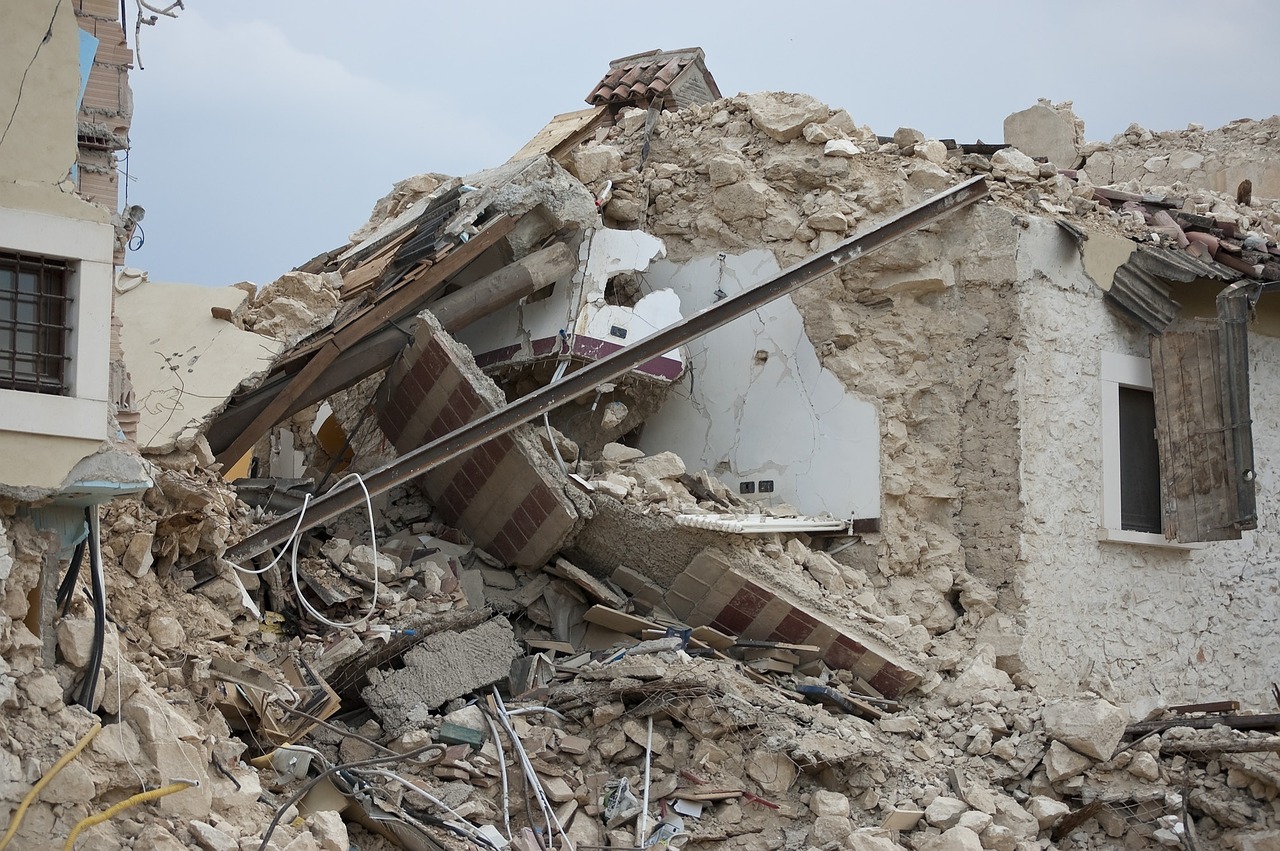Introduction:
The aftermath of an earthquake presents various hazards, one of the most significant being tsunamis, especially for coastal communities. Understanding the risks associated with tsunamis after an earthquake is crucial for coastal residents and emergency responders alike. In this blog, we will delve into the complexities of tsunami risk assessment and preparedness efforts, with a focus on coastal communities vulnerable to seismic events.
Tsunami Risk Assessment:
Tsunamis are large ocean waves generated by the sudden displacement of water, often caused by underwater earthquakes. After an earthquake, coastal regions near the epicentre are at risk of being inundated by tsunamis, posing a severe threat to life and property. Tsunami risk assessment involves evaluating factors such as earthquake magnitude, seafloor topography, coastal elevation, and the potential for wave amplification and run-up.
Coastal Communities at Risk:
Coastal communities, particularly those located along subduction zones or near tectonic plate boundaries, are most vulnerable to tsunamis. In regions such as the Pacific Northwest, where the Cascadia Subduction Zone poses a significant seismic threat, the risk of tsunamis looms large. Residents of these communities must be aware of the potential for tsunamis and take proactive measures to prepare for such events.
Preparedness Efforts:
Effective preparedness for tsunamis requires a multifaceted approach involving public education, early warning systems, evacuation planning, and land-use regulations. Coastal residents should familiarize themselves with tsunami evacuation routes, safe assembly points, and emergency shelters. Community drills and exercises help ensure that residents know how to respond quickly and safely in the event of a tsunami warning.
Early Warning Systems:
Early warning systems play a crucial role in mitigating the impacts of tsunamis by providing advance notice to coastal communities. These systems utilize seismic and oceanographic sensors to detect earthquakes and monitor sea level changes, allowing for the timely issuance of tsunami alerts. Coastal communities in tsunami-prone areas rely on these warnings to initiate evacuation procedures and minimize loss of life.
Collaboration and Coordination:
Effective tsunami preparedness requires collaboration and coordination among various stakeholders, including government agencies, emergency responders, community organizations, and residents. By working together, these entities can develop comprehensive tsunami evacuation plans, enhance public awareness, and improve the effectiveness of early warning systems.
Conclusion:
Coastal communities face significant risks from tsunamis following earthquakes, highlighting the importance of proactive preparedness efforts. By understanding tsunami risk, implementing early warning systems, conducting evacuation drills, and fostering collaboration among stakeholders, coastal residents can reduce vulnerability and enhance resilience in the face of this natural hazard. It is imperative that coastal communities remain vigilant and prepared to respond swiftly to tsunami threats to safeguard lives and livelihoods.



